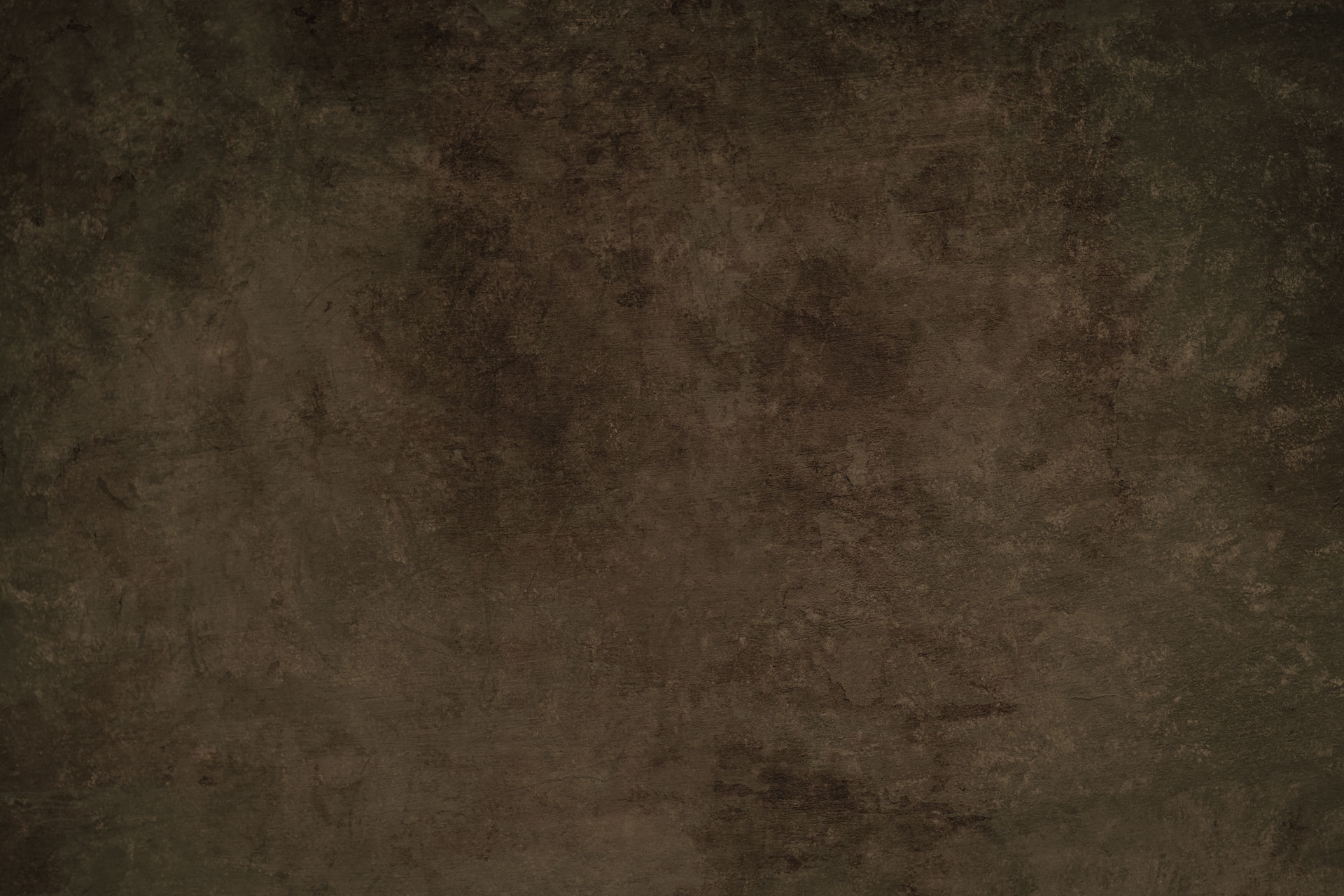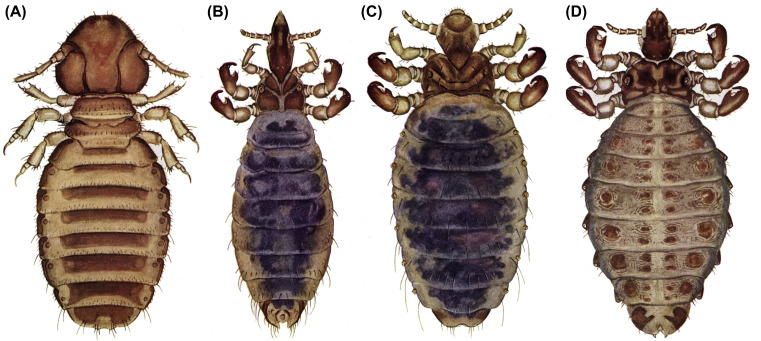

3 Types of lice present in NZ
Lice Lifestyle, Size and Impact
Adult sheep body lice are approximately 1.8 mm in length and 0.6 mm wide. They have a broad reddish head and a pale brown abdomen with slightly darker brown stripes.
Under ideal conditions, the time for completion of the louse lifecycle i.e., from an adult female laying an egg to emergence of an egg-laying adult is 34 days. There are usually an equal number of male and female lice present. Each female louse lays eggs up to two eggs every three days and attaches them tightly to the wool fibre close to the skin. It is estimated that each female will lay 15-30 eggs in their lifetime.
The eggs require a specific temperature and humidity range to ensure hatching occurs:
Temperature range 36-39°C
Relative humidity 70-75%
Temperatures outside this range inhibit egg laying, and high humidity levels (>90%) will prevent egg hatching. Under ideal conditions, the eggs hatch in 10 days. The first nymphal stage emerges from the egg resembling an adult louse except it is smaller and colourless. The nymphs moult three times before becoming an adult louse and the process takes a total of 21-24 days. The adult female is ready to lay eggs 3-4 days later and the cycle continues.
In laboratory colonies, adult male and female lice have been shown to live an average of 49 and 27 days, respectively. However, in field evaluations live adult lice (with no signs of reproduction) have been found up to 20 weeks (140 days) after treatment with an effective off-shears IGR lousicide. This indicates the potential for some adult lice in the field to live much longer than the average times stated above
Sucking lice – face lice (Linognathus ovillus), foot lice (Linognathus pedalis) Body or biting lice (Bovicola ovis)

Learn more about the effects of lice infestation

